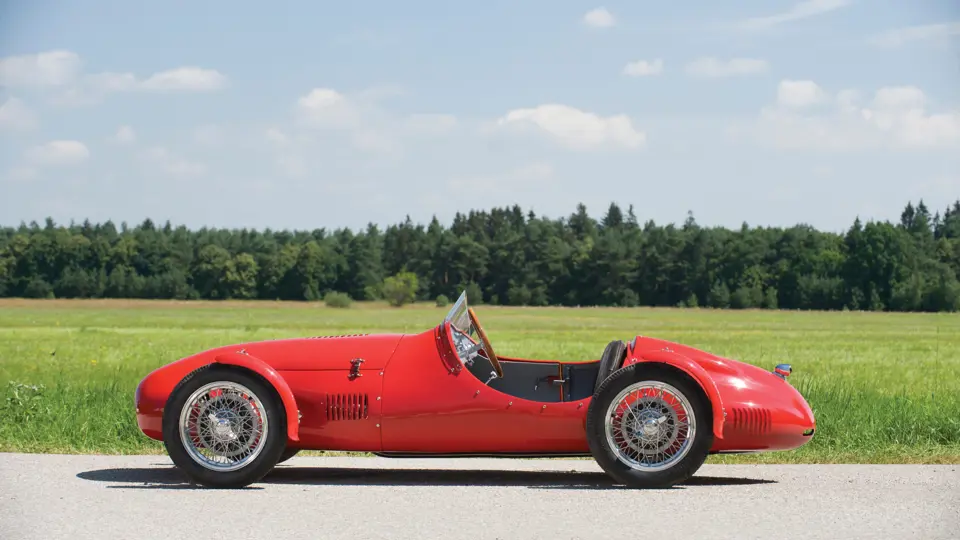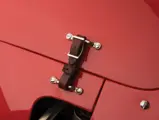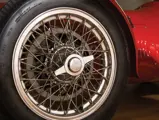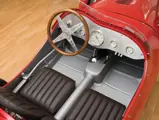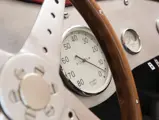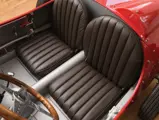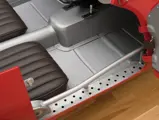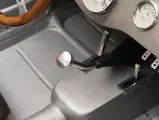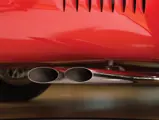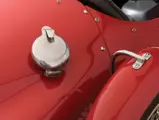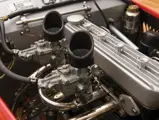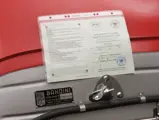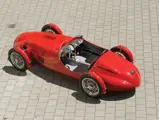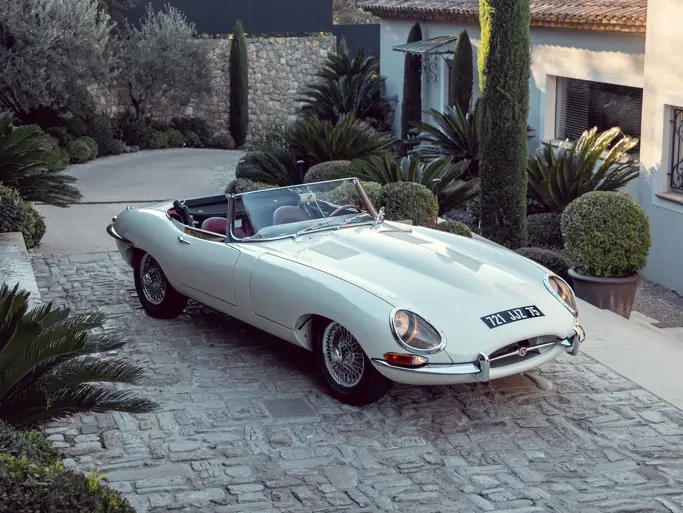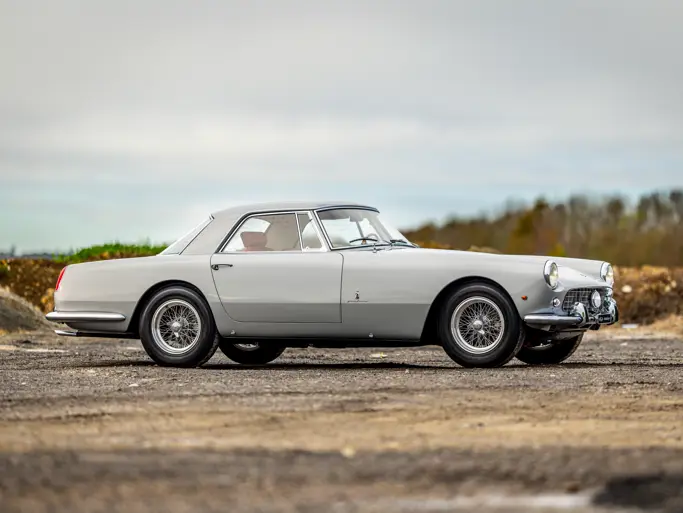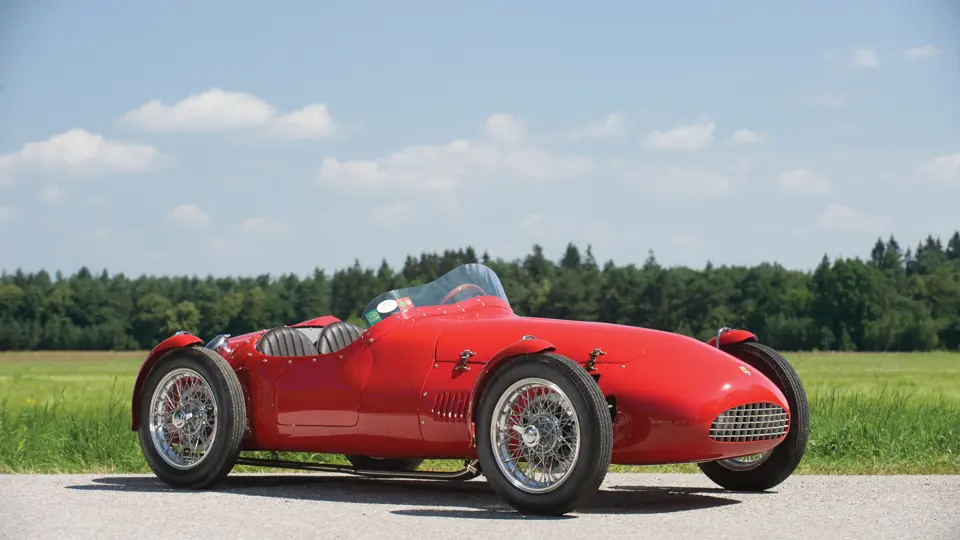
1953 Bandini 750 Sport Siluro
{{lr.item.text}}
£115,000 - £140,000 GBP | Not Sold
The Fendt Collection
{{bidding.lot.reserveStatusFormatted}}
- Offered from the Fendt Collection
- Crosley-engined H/Modified SCCA racer
- Originally owned by Flash Gordon cartoonist Alex Raymond
- Superb, award-winning restoration
71 bhp, 747 cc OHC inline four-cylinder engine, four-speed manual transmission, coil-spring independent front suspension, live rear axle with semi-elliptical leaf springs, and four-wheel hydraulic drum brakes. Wheelbase 2,360 mm
Bandini Automobili was founded in 1946 by Ilario Bandini and was located in his hometown of Forli, Italy. His cars, with aviation-grade tubular steel chassis and hammered aluminium bodies, were Fiat-powered. The 1100 Sport featured an envelope body and found success in the European market due to Bandini’s knowledge of racing and his attention to detail. A racing model, the 1100 Siluro, followed in 1947. This was an aerodynamic two-seater with cycle wings, which was initially powered by a single-cam engine and then later a twin-cam unit.
The Siluro came to the attention of Tony Pompeo, an Italian emigrant to New York who imported racing cars to the United States. Pompeo imported some Bandini 1100 Sports and Siluros and was generally pleased with them, but he wanted a similar car that could compete in under-750-cubic centimetre classes. He sent Ilario Bandini an engine from the American Crosley mini-car, which used a lightweight 620-cubic centimetre four-cylinder that had been developed for use in air-dropped generators during World War II. Lengthening the stroke brought it to 747 cubic centimetres, and new pistons and lubrication modifications made it competition-worthy. As such, Bandinis became the scourge of the Sports Car Club of America’s H/Modified class.
This remarkable Bandini Siluro was ordered new by cartoonist Alex Raymond. Best known as the creator of space adventurer Flash Gordon in the 1930s, he was also responsible for the Rip Kirby comic strip in the late 1940s and a major influence on cinema producer George Lucas and the Stars Wars film saga.
Raymond also had a penchant for sports cars, and racing in particular. He purchased this car through Tony Pompeo and competed with it in SCCA races at the Thompson Raceway, located near his Connecticut home, and the Suffolk County Air Force Base on New York’s Long Island. Raymond died in 1956, and the car was sold by his estate to George Tipsword, another Connecticut resident, who continued to campaign the car in SCCA events. In the 1957 season, he finished 7th place overall in H/Modified. Tipsword sold the car, circa 1964, to Dr Ralph Smith. Subsequent owners were Wesley Stafford and Larry Dee Melsheimer, both of Vincennes, Indiana. The Fendt Collection acquired it from Melsheimer in 2007.
As purchased, it was sound but very much weathered. It was restored to its original appearance by D&D Classic Automobile Restoration in Covington, Ohio, which included refitting cycle wings that had been replaced with faired-in units during the car’s lifetime, most likely due to changing regulations. The restoration was fully photo-documented, with these photographs being made available for any qualified bidders. Upon completion, the car won its class at the 2009 Ault Park Concours d’Elegance at Cincinnati, Ohio, and was exhibited at the invitational Amelia Island Concours in 2010. It earned Third in Class honours at the 2011 Uniques Concours in Florence, Italy, and was displayed at the 2012 Schloss Dyck Concours in Germany.
It is presently fitted with twin Weber 34 ICH carburettors, but the original carburettor, which has recently been overhauled at a cost of $5,000, is also included with the car. These carburettors are extremely rare, as most owners changed them. The car is well known in the specialised world of etceterinis, and its superb, authentic restoration, combined with celebrity provenance, makes it especially unique. It is accompanied in the sale by a FIVA Identity Card, category A/3, making it eligible for all sanctioned events.

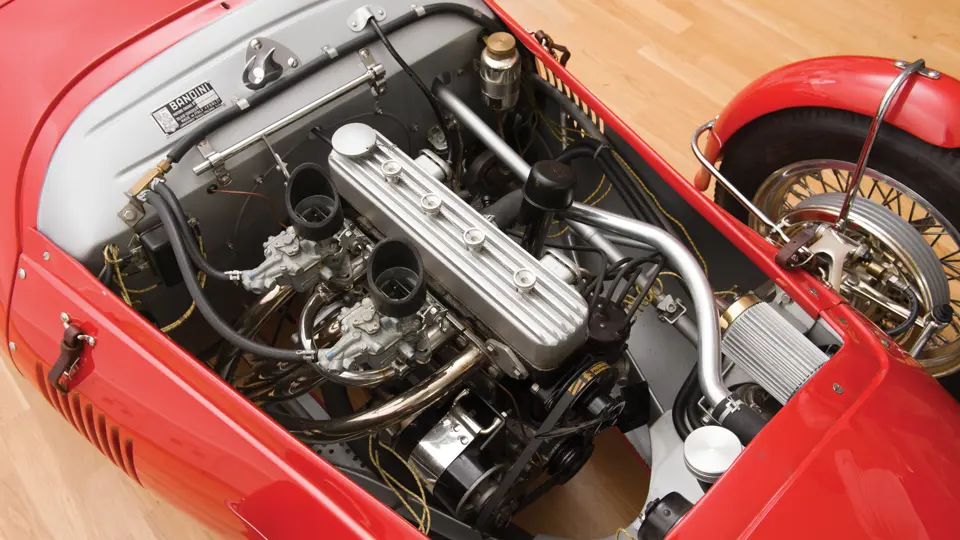





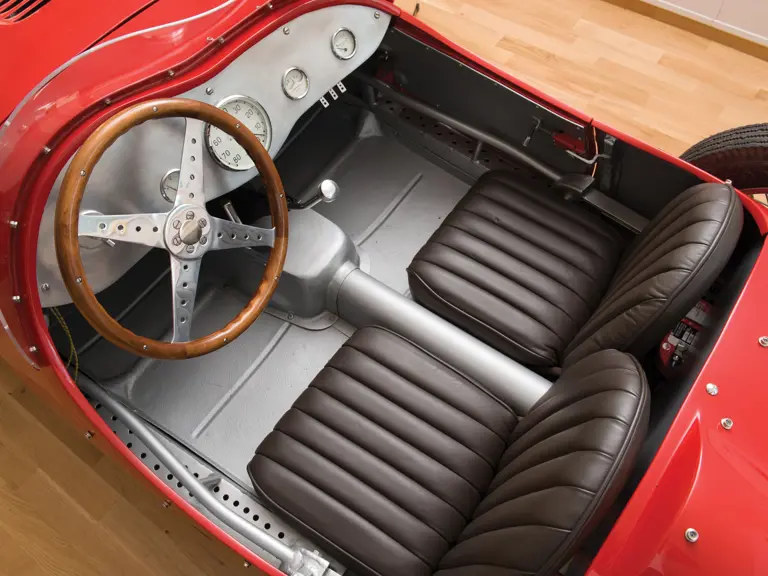
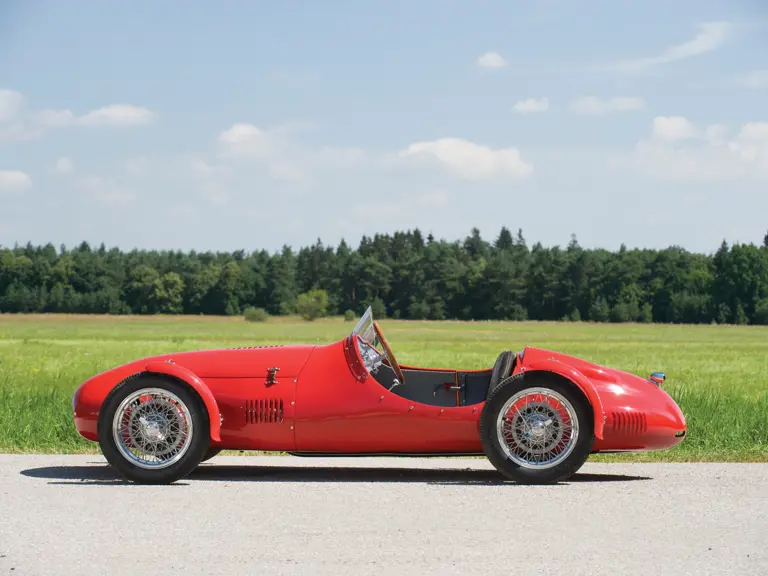
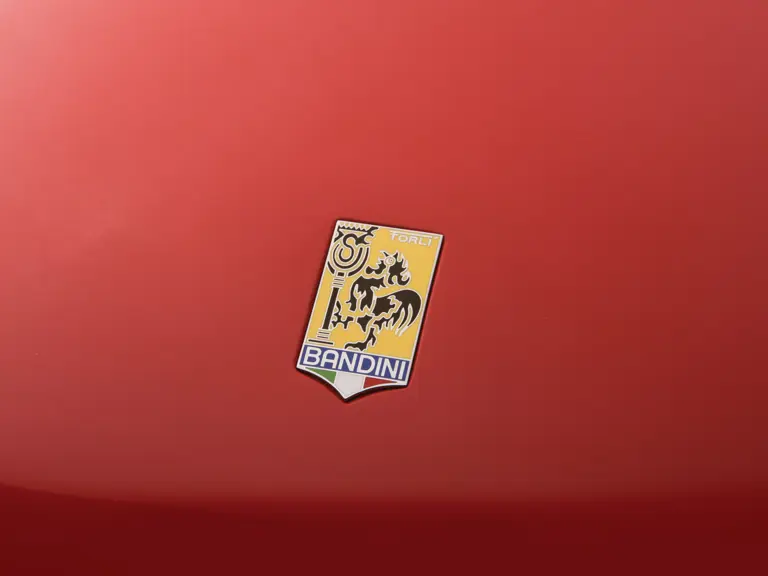

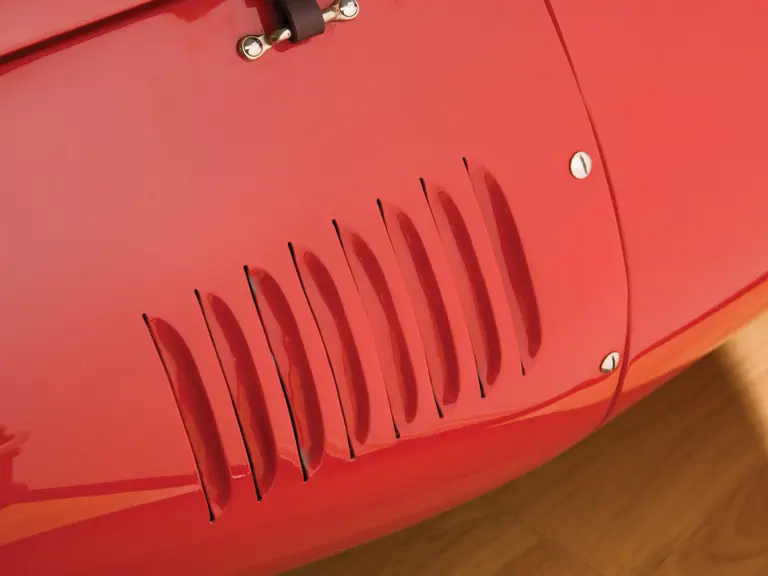

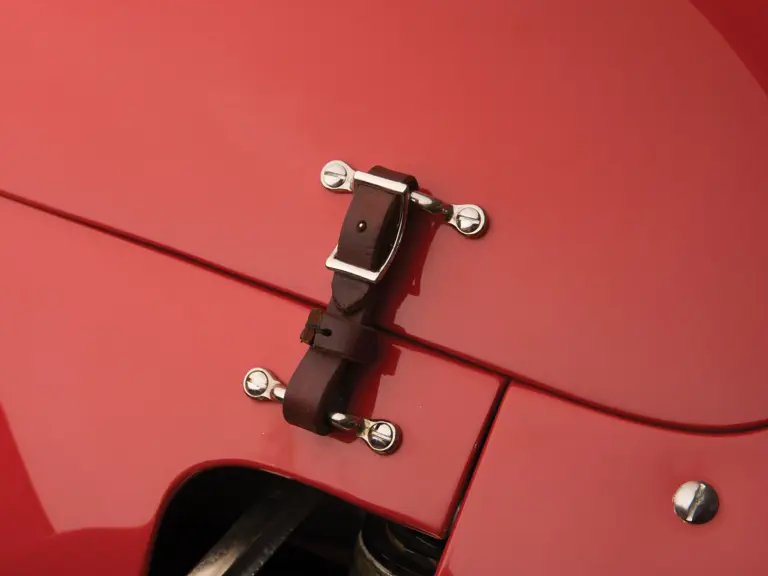
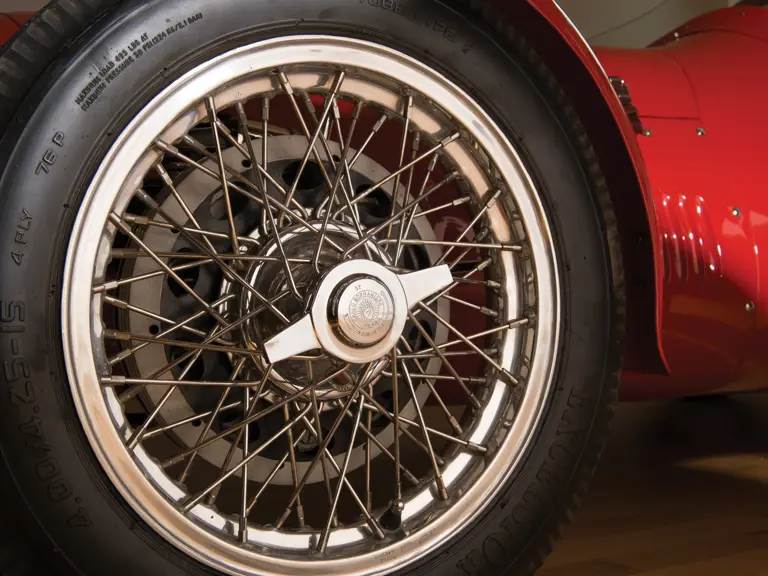

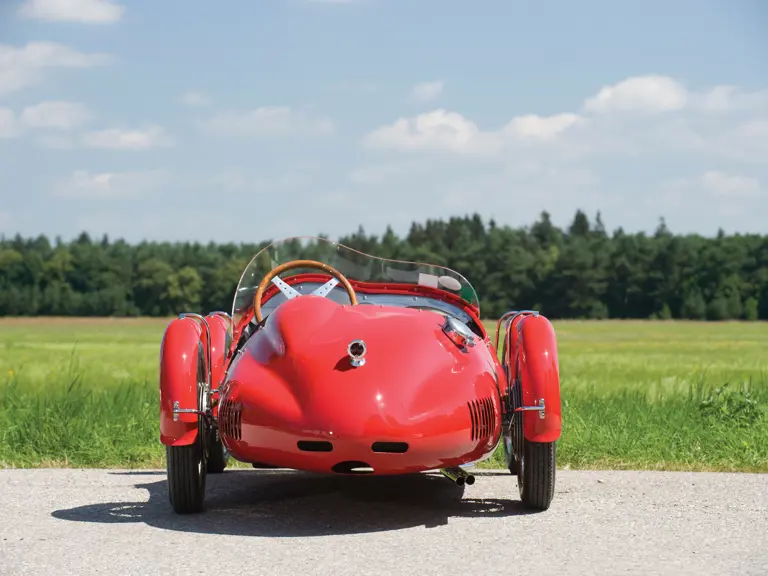
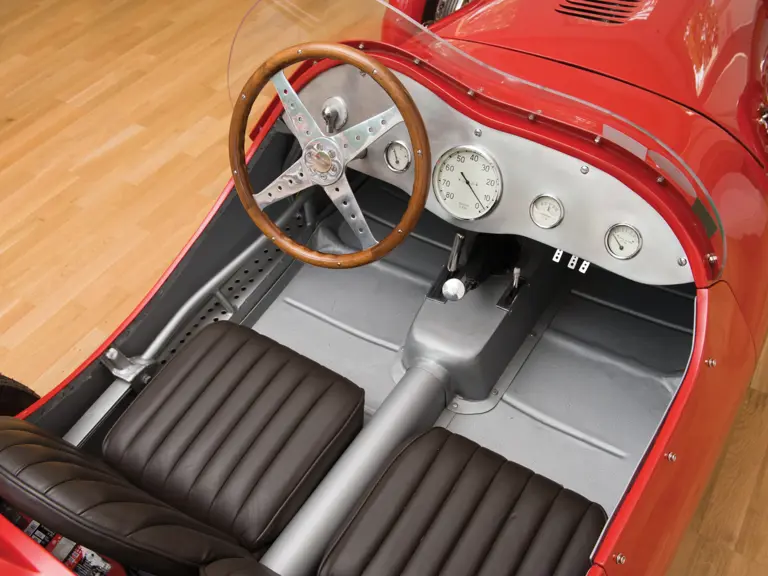
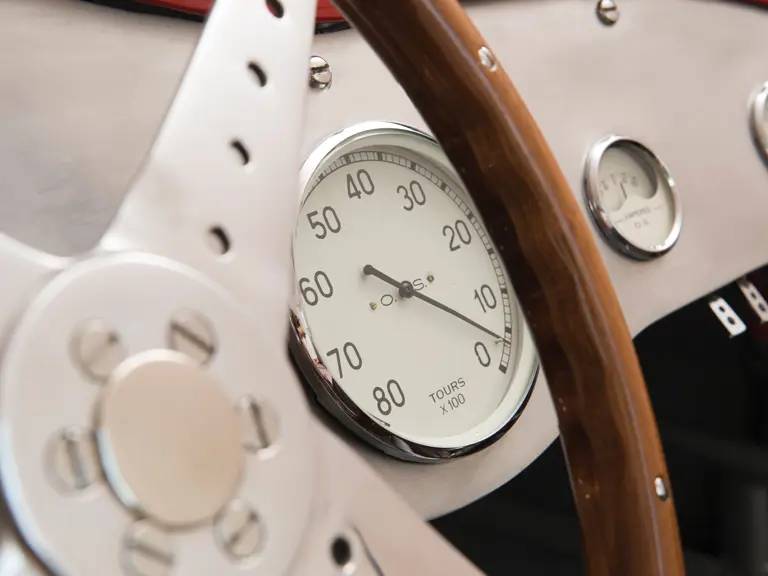
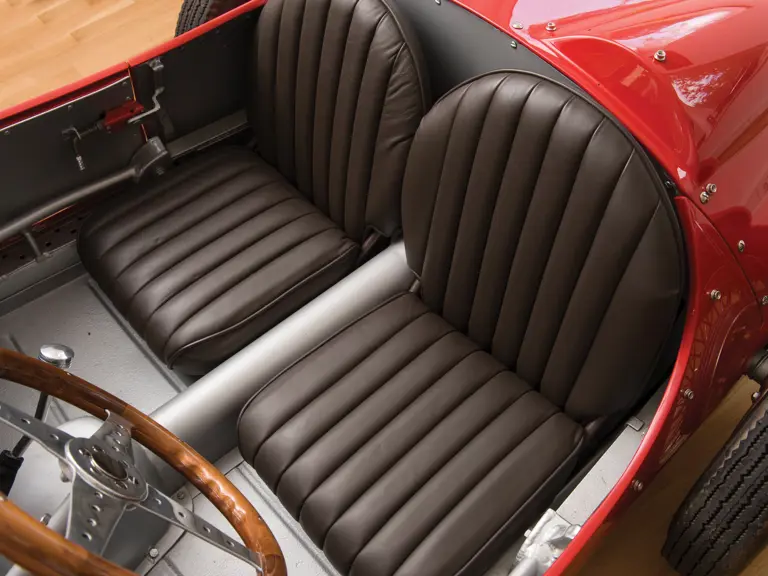
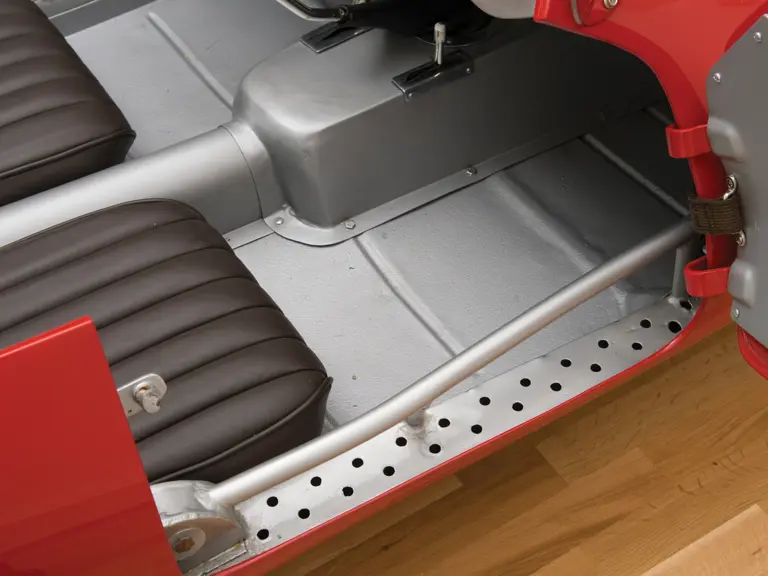

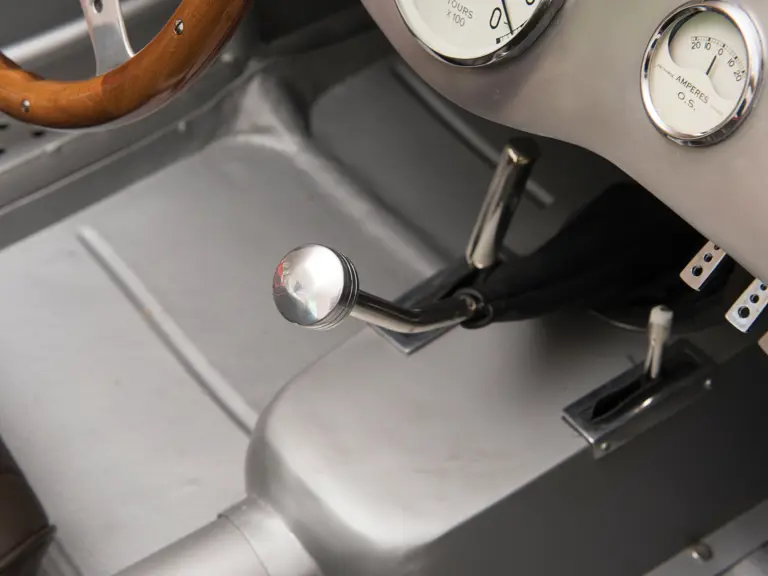
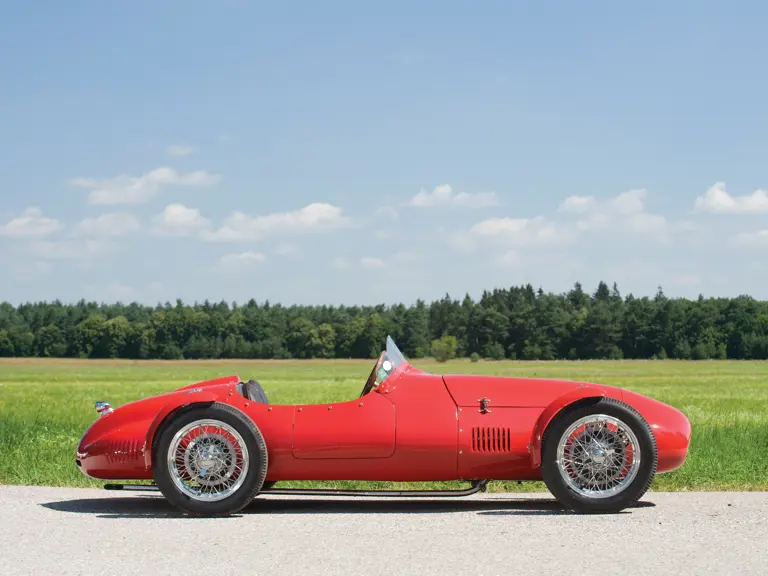

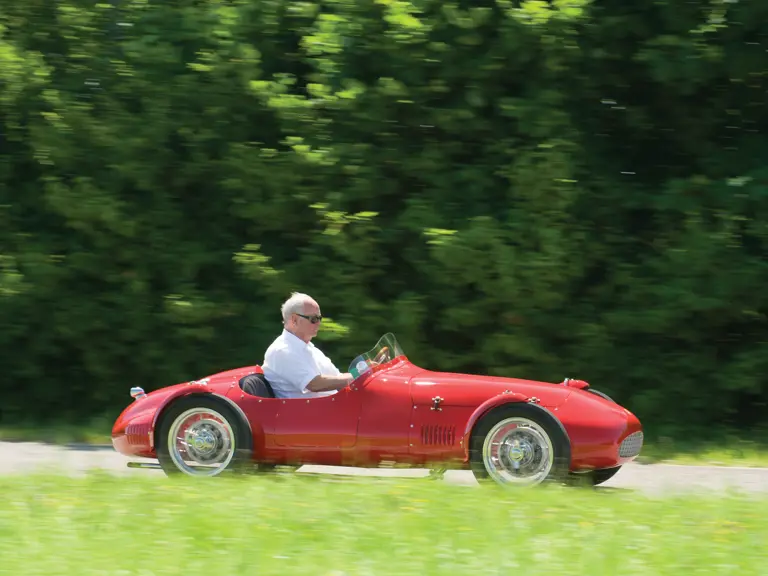

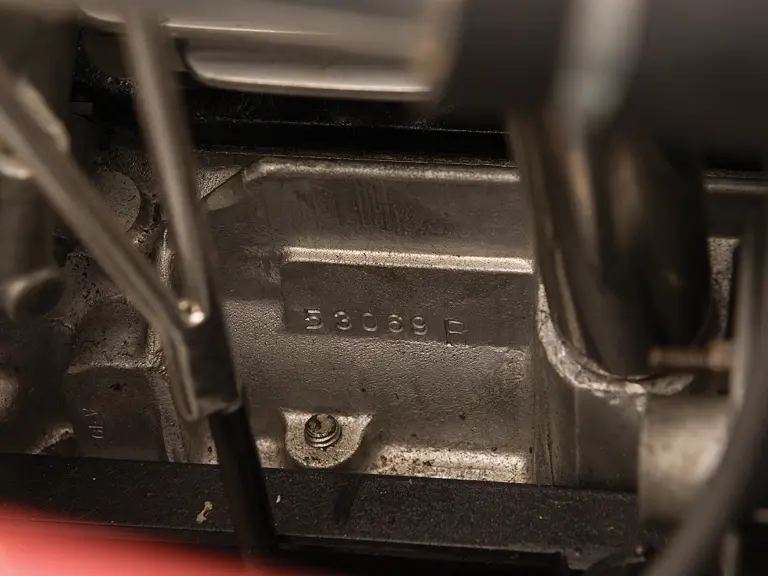

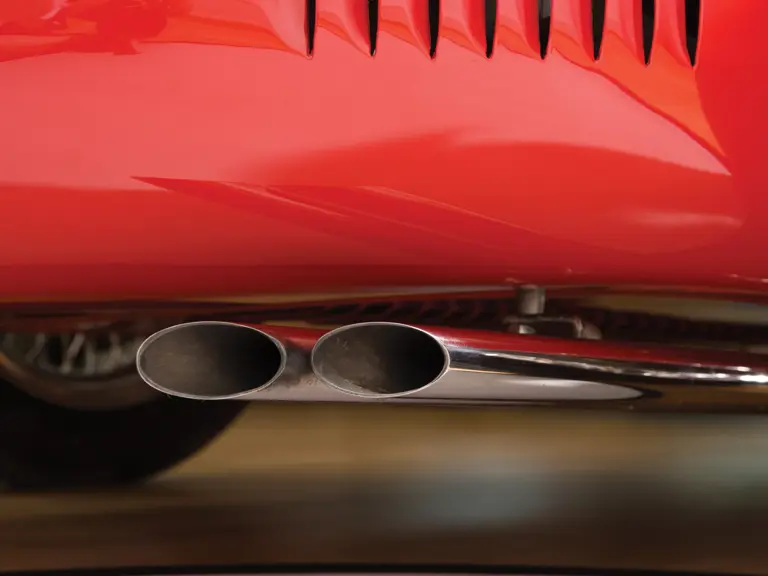
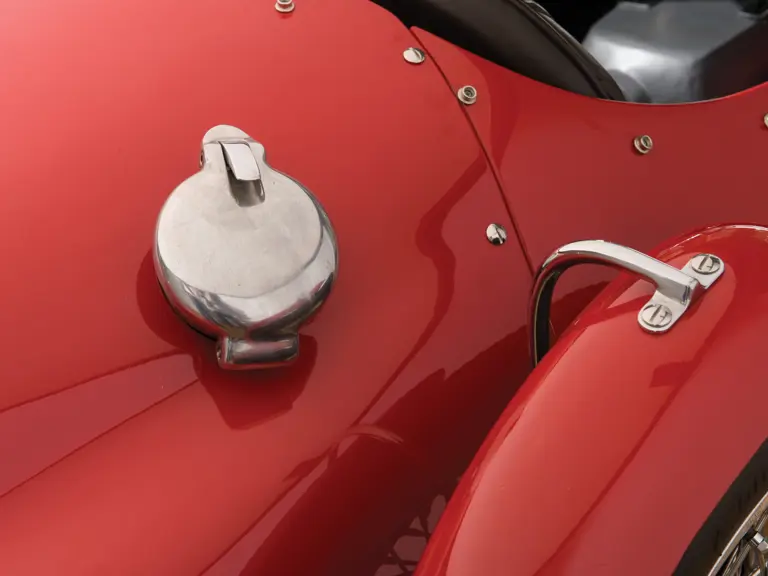

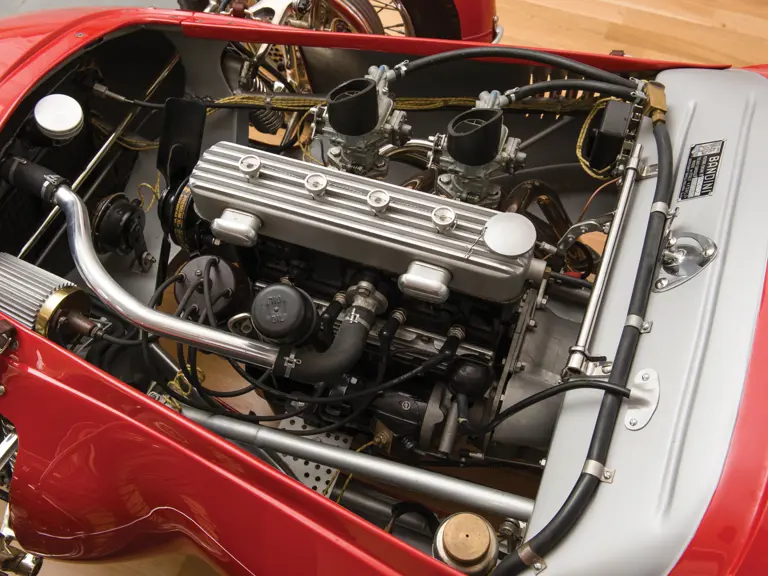
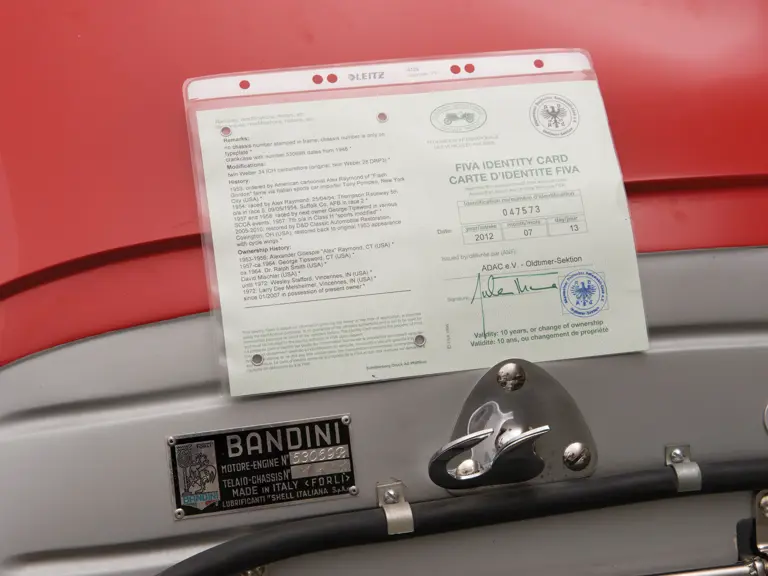
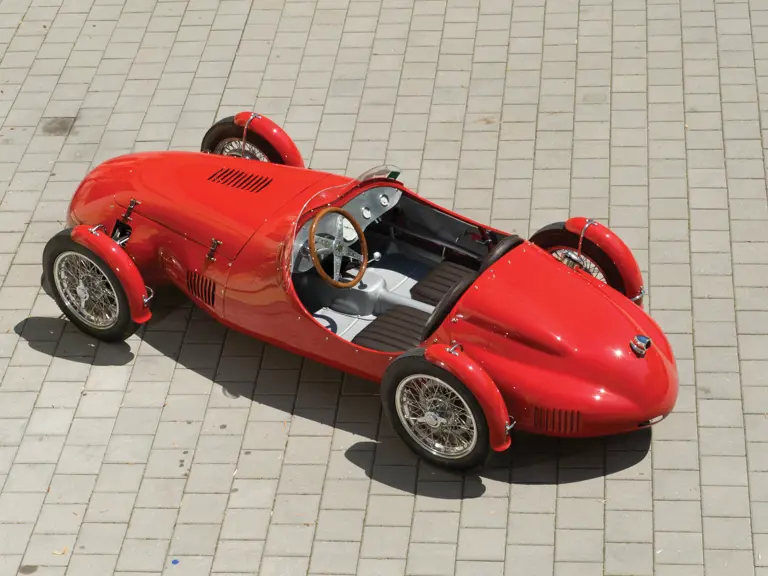

 | London, United Kingdom
| London, United Kingdom
